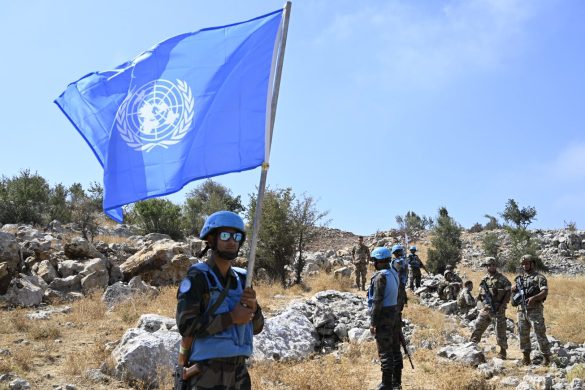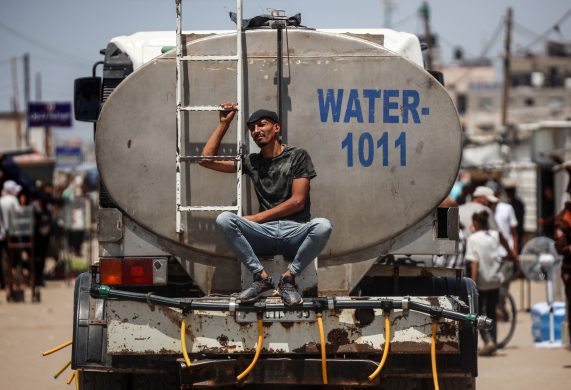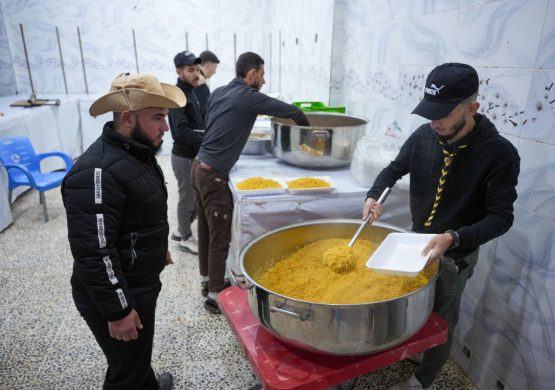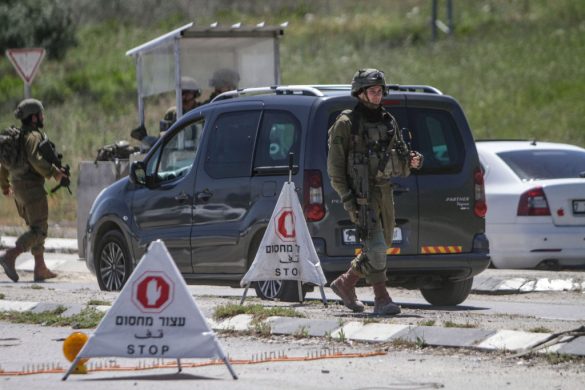WHO rapporterer, at de anlæg, der fremstillede medicinen, er svært beskadigede af kamphandlingerne og at man i øvrigt mangler alt fra ambulancer til fungerende sundhedsklinikker.
GENEVA, 7 August 2012: The United Nations World Health Organization (WHO) said Tuesday that, according to reports it has received, Syria is experiencing critical shortages in medicines and pharmaceutical products.
“The recent escalation of clashes had resulted in substantial damages to the pharmaceutical plants located in rural Aleppo, Homs and Rural Damascus, where 90 per cent of the country’s plants were located,” a WHO spokesperson, Tarik Jasarevic, said in Geneva, adding:
“Many of these plants had now closed down, thus resulting in a critical shortage of medicines.”
Prior to the violence which has wracked the Middle Eastern country, Syria produced 90 per cent of its medicines and drugs locally.
However, this production has slowed down due to insecurity, the decreased availability of raw materials, sanctions and increased fuel costs stemming from the violence that has killed an estimated 17.000 people, mostly civilians, since the uprising against President Bashar al-Assad began some 17 months ago.
Over recent days, there have been reports of an escalation in violence in many towns and villages, as well as the country’s two biggest cities, Damascus and Aleppo, with the latter reportedly the centre of intense combat between Government and opposition forces, involving both aerial bombardments and heavy weaponry.
Mangler medicin mod næsten alt
Among the most urgently needed medicines are drugs to treat tuberculosis, hepatitis (leverbetændelse), hypertension, diabetes and cancer, as well as haemodialysis for kidney diseases (nyrelidelser), according to WHO.
Chemical reagents for blood screening tests are also urgently needed to ensure the safety and quality of blood used in surgical and trauma cases.
“The health sector had been heavily affected in conflict areas as hospitals and health centres had been closed, damaged or controlled by parties to the conflict,” Mr. Jasarevic said.
“Public health facilities were often inaccessible due to ongoing violence and lack of public transportation”, noted he.
FNs folk kan ikke bevæge sig rundt
The WHO spokesperson added that the main challenge faced by WHO staff remained unhindered access to those in need.
The health agency has been working with Syria’s Ministry of Health, the Syrian Arab Red Crescent and other partners since the beginning of the conflict to address the health needs of crisis-affected populations.
“This includes the provision of ambulances, the refurbishing (istandsætte) and equipping of mobile health clinics, and providing medicines and medical supplies for 700.000 people,” Mr. Jasarevic said, noting that the Ministry of Health had reported having lost 200 ambulances over the last few weeks.
To ensure access to essential health services – including life-saving medical and surgical services in directly and indirectly affected areas – WHO and its health sector partners are supporting trauma management at primary health care centres and hospitals.
This includes providing support to mobile medical clinics and outreach services, as well as supporting the procurement and provision of hygiene kits, medicines, medical equipment and supplies, among other things.
Hundredtusinder mangler mad
A spokesperson for the UN World Food Programme (WFP), Elisabeth Byrs, said that the food relief agency has sent assistance for distribution to 28.000 people in Aleppo over the next few days to address food shortages there.
Since the intensification of clashes in Aleppo in July, WFP has reached close to 46.000 people in the city with urgent food assistance.
Overall, during the month of July, WFP’s food assistance reached 541.575 people in most of Syria’s governorates – the agency had aimed to reach 850.000 people, but was prevented from doing so by the violence.
In line with the target established by the Syrian Humanitarian Assistance Response Plan and following a request from the Syrian Arab Red Crescent, WFP aims to reach 850,000 people inside Syria in August.
According to the UN Office for the Coordination of Humanitarian Affairs (OCHA), the Syrian Humanitarian Assistance Response Plan seeks 180 million US dollar to cover humanitarian relief activities in Syria.
So far, it has received 69 million, or just over 38 per cent of the amount sought.
Kilde: FNs Nyhedstjeneste
Se også telegrammet
http://www.u-landsnyt.dk/nyhed/25-07-12/syrien-kan-g-en-h-rd-vinter-med-sult-i-m-de














